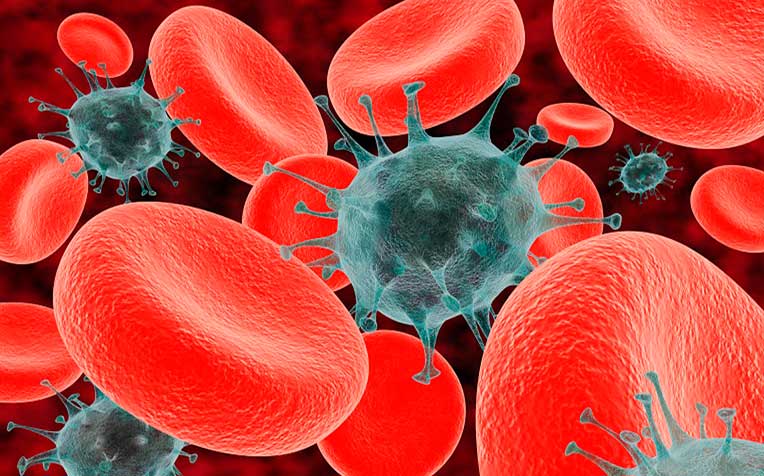HealthXchange will NEVER ask you to transfer money over a call. If in doubt, call the 24/7 ScamShield helpline at 1799, or visit the ScamShield website at www.scamshield.gov.sg.

Multiple myeloma is a cancer of the bone marrow plasma cells.
Every year, about 100 new cases of multiple myeloma are diagnosed in Singapore.
It's not clear what causes multiple myeloma. In most cases, it is not hereditary and occurs randomly.
“Recognising the symptoms and getting early treatment can help you manage the condition,” says Dr Sathish Kumar Gopalakrishnan, Director of the Multiple Myeloma Service and Senior Consultant at the Department of Haematology, Singapore General Hospital (SGH), a member of the SingHealth group.
He explains how multiple myeloma occurs, its risk factors, symptoms as well as its treatment options.
How does multiple myeloma occur?
Normal plasma cells make antibodies that help your body fight off infections. However, in multiple myeloma, abnormal plasma cells multiply rapidly and produce abnormal antibodies which your body cannot use.
These abnormal plasma cells accumulate in the bone marrow as they don't die like normal cells do. Eventually, these abnormal plasma cells interfere with the production of healthy white and red blood cells.
Multiple myeloma can spread beyond your bone marrow and cause problems in your kidneys and other organs.
Risk factors of developing multiple myeloma
The risk of developing multiple myeloma increases with age. In Singapore, the average age of a multiple myeloma patient is 65 years old. In addition, men are more likely than women to develop the condition.
Symptoms of multiple myeloma
The symptoms of multiple myeloma may be overlooked as they mimic those of common, benign conditions. They include:
- Persistent tiredness
- Frequent infections
- Nausea
- Constant thirst
- Constipation
- Weight loss
- Loss of appetite
- Mental fogginess or confusion
- Bone pains
- Weakness or numbness in your legs
If you have a combination of these symptoms, please see your doctor. If multiple myeloma is suspected, more specific blood tests, bone marrow biopsy and an X-ray or MRI will be performed by the specialist physician.
Manifestation of organ damage caused by myeloma is often referred to as ‘CRAB’.
‘CRAB’ is an acronym that refers to:
- Calcium: high
- Renal or kidney problems
- Anaemia, also known as low red blood count
- Bone damage including fractures or breaking down of the bone
Read on to learn about the various treatment options for multiple myeloma.
Ref: Q15
Contributed by
Related Articles
Conditions & Treatments
Public Events
Get the Health Buddy App
© 2025 SingHealth Group. All Rights Reserved.

















 Get it on Google Play
Get it on Google Play